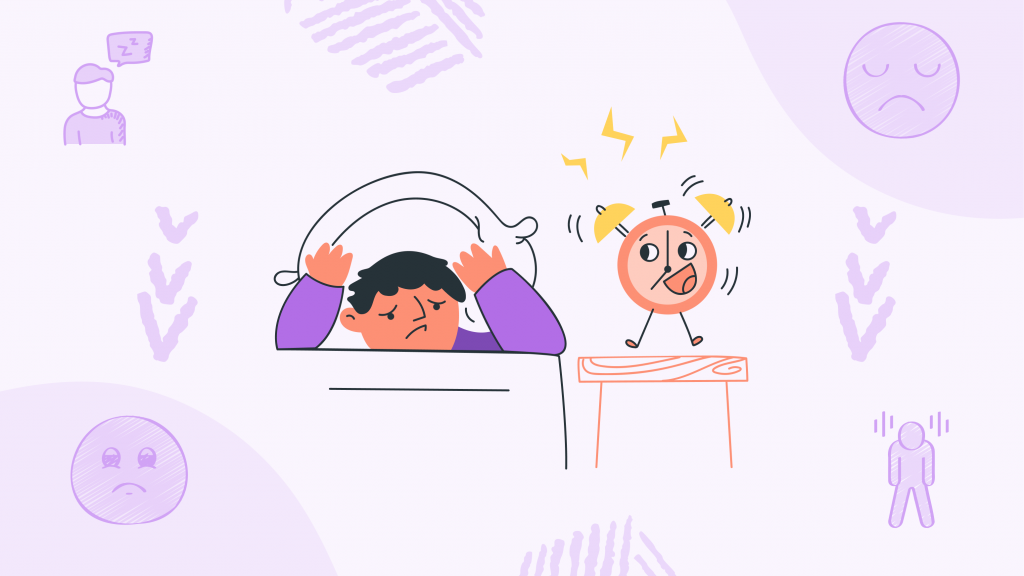Resilience Riddle
Picture this: life is cruising along, and then, out of nowhere, wham! You’re hit with a challenge that knocks you off your feet. Maybe it’s just spilling coffee on your shirt before a big meeting or something as huge as dealing with personal loss.
These moments really test what we’re made of, emotionally and mentally.
You’ve seen those people, right? The ones who seem to just glide through troubles like they’re coated in some sort of Teflon. Meanwhile, others get snagged by every little hook of hardship, struggling to wiggle free.
It’s this enigmatic thing called resilience that seems to set them apart. We’re talking about a quality that’s as crucial as it is slippery, constantly shaping how we face life’s roller coaster rides.
So, what’s the deal with resilience? Why do some have it in spades while others are on the eternal hunt for it? It’s a complex beast, intertwined with how we’re wired and how we’ve waltzed through life’s dances of difficulties. Let’s unpack this puzzle and figure out what makes resilience tick and how we can get our hands on more of it.
The Scientific Roots of Resilience
Let’s unearth the psychological and physiological underpinnings that contribute to our ability to withstand stress and recover from challenges. Resilience is partly influenced by genetic factors that affect brain chemistry, but it is also significantly shaped by life experiences and learned behaviors.
Neurologically, resilience is linked to the functioning of the prefrontal cortex and limbic system, which regulate our responses to stress and emotional processing. The balance of neurotransmitters like serotonin, dopamine, and norepinephrine plays a vital role in determining how we perceive and react to stressors, impacting our resilience.
Moreover, the hypothalamic-pituitary-adrenal (HPA) axis, the central stress response system, is crucial in resilience. When activated by perceived threats, it regulates the release of cortisol, the primary stress hormone. Individuals with resilient traits often exhibit a more efficient HPA axis response, meaning they can effectively manage and recover from stress without prolonged cortisol elevation, which can otherwise lead to adverse health effects.
Additionally, the neuroplasticity of the brain, which allows for adaptability and learning from experiences, is enhanced by resilience-promoting activities. Engaging in problem-solving, social interactions, and mindfulness practices can strengthen neural circuits associated with resilience, enhancing the brain’s capacity to adapt to new challenges.
Understanding these complex neurobiological mechanisms provides a clearer picture of how resilience functions on a deeper level, influencing our capacity to bounce back from life’s adversities.
Subscribe to newsletter
Get your Gut Health Starter Guide right now.
Elevate your Tuesdays with practical, science-backed wisdom propelling you forward on your gut health journey.

Steps to Cultivate Core Strength
To effectively cultivate your core inner strength and build your resilience, consider these practical steps:
- Maintain a Positivity Journal: Regularly write down things you’re grateful for, positive experiences, and achievements. This habit can shift your focus from negative to positive aspects of your life, reinforcing a positive mindset.
- Build and Nurture Relationships: Actively cultivate relationships with family, friends, and community members. Strong social support is a cornerstone of resilience, providing emotional backing and practical help in tough times.
- Incorporate Physical Exercise: Establish a consistent exercise routine, whether it’s walking, cycling, yoga, or team sports. Physical activity not only strengthens your body but also releases endorphins, improving your mood and reducing stress.
- Practice Mindfulness Regularly: Dedicate time for mindfulness meditation, yoga, or tai chi. These practices enhance present-moment awareness, reduce stress, and improve emotional regulation, key components of resilience.
- Engage in Cognitive-Behavioral Techniques: Learn and apply cognitive-behavioral strategies to identify and challenge negative thought patterns, replacing them with more realistic and positive ones. These techniques can help alter the way you perceive and react to stressors.
- Master Stress-Reduction Techniques: Develop skills in stress management, such as deep breathing exercises, progressive muscle relaxation, or guided imagery. These methods can help calm your mind and reduce the physiological effects of stress.
- Set Realistic Goals and Take Action: Break down larger goals into manageable tasks and set realistic timelines. Taking small, consistent steps towards your goals can foster a sense of accomplishment and control.
- Seek Opportunities for Personal Growth: View challenges as opportunities to learn and grow. Reflect on past adversities and consider what strengths you used or developed to overcome them.
By incorporating these strategies into your routine, you can build the resilience needed to navigate life’s challenges more effectively and maintain your well-being in the face of adversity.
Story of Steadfastness
Maria, a community leader and single mother, faced the ultimate test of resilience when her neighborhood was struck by a devastating natural disaster. Amidst the chaos, Maria not only managed to secure the safety and well-being of her family but also spearheaded local recovery efforts.
Maria shares, “The disaster hit us like a freight train, shattering everything we took for granted. In those early days, I felt overwhelmed by the weight of responsibility and grief. But I knew I had to stand strong, not just for my kids, but for my community. I leaned on my network for support, and together, we navigated the uncertainties.
I started practicing mindfulness to keep my stress in check and took things one day at a time, setting small, achievable goals. These strategies didn’t just help me cope; they transformed me. I discovered an inner strength I never knew I had, which gave me the courage to lead recovery efforts and advocate for our community’s needs.
Through this ordeal, I learned that resilience isn’t just about bouncing back; it’s about growing through the experience and emerging stronger, more adaptable. My journey taught me that with steadfastness, support, and self-care, we can weather any storm and rebuild even stronger foundations.”


















